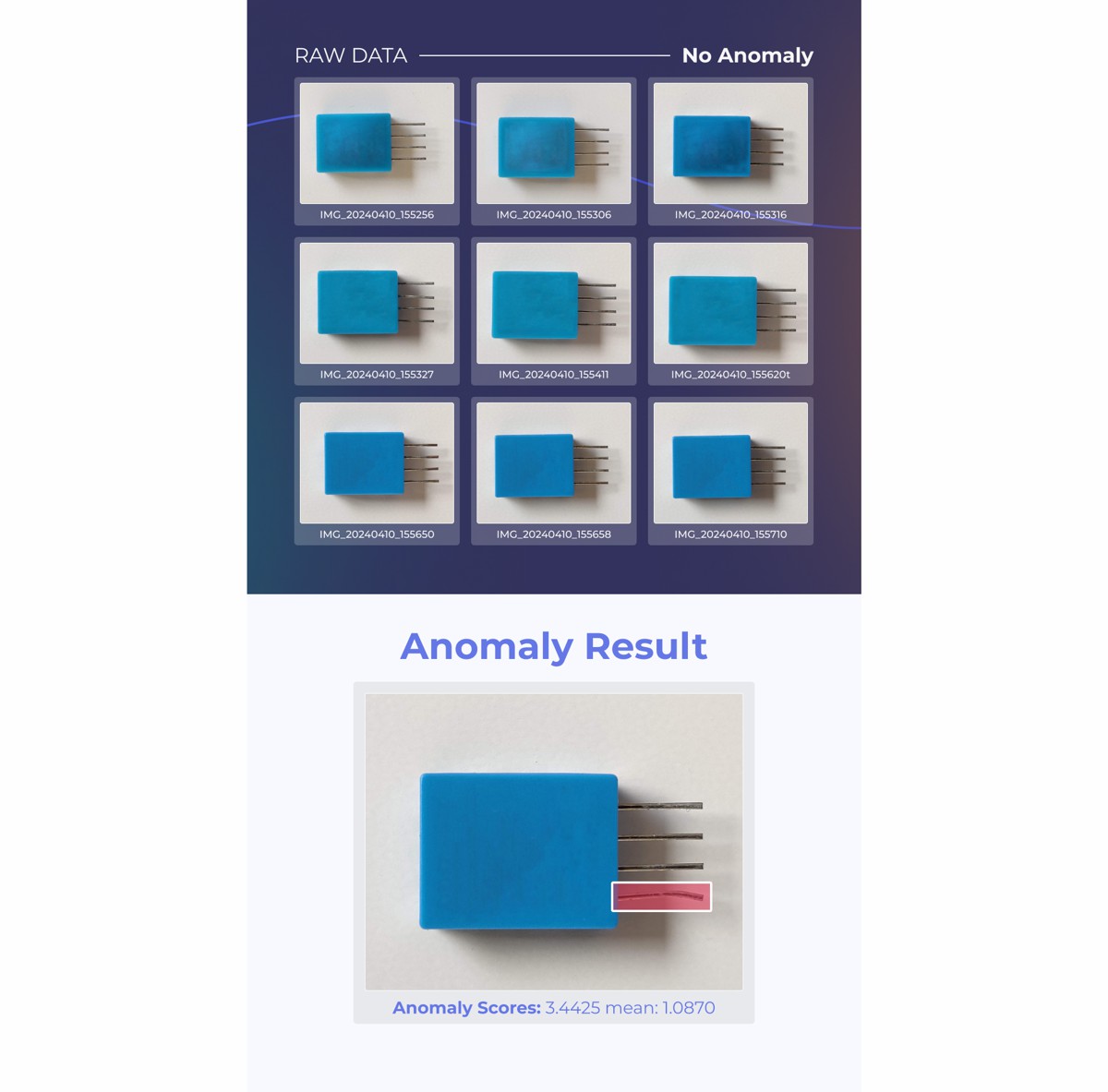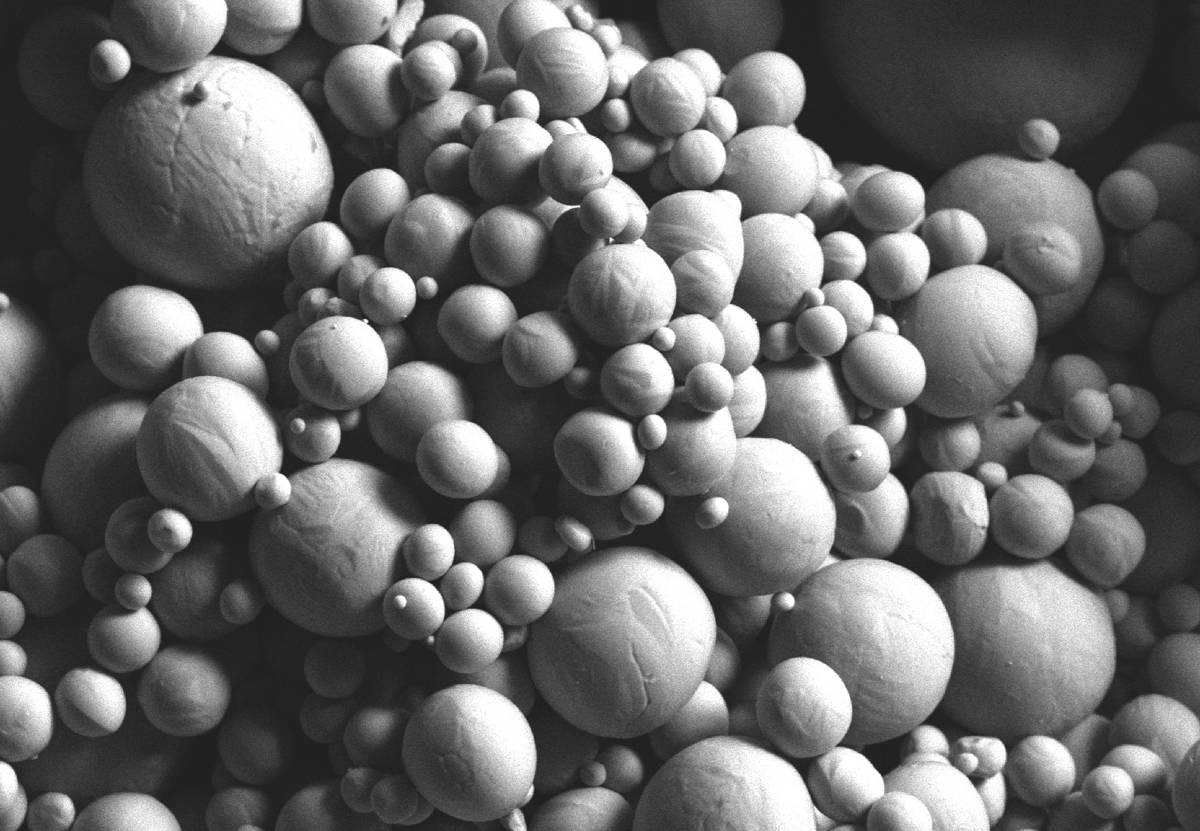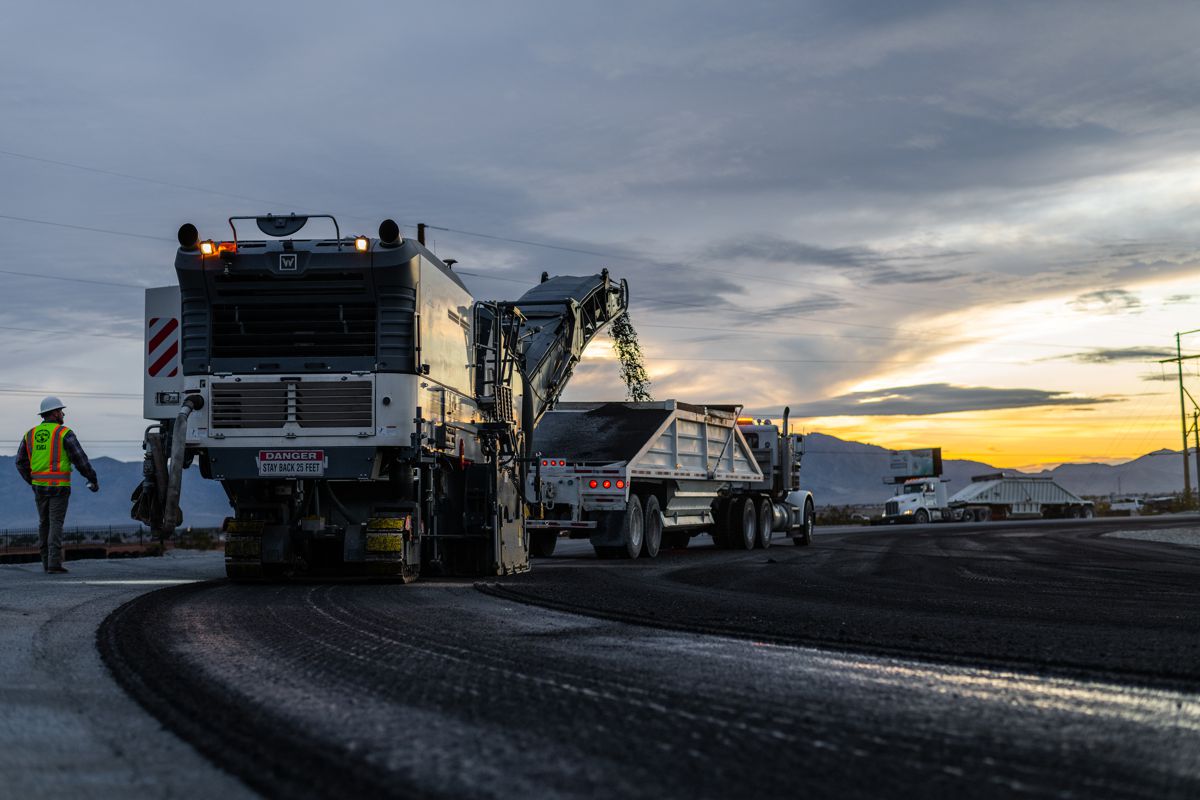National Highways trials 3D-Printed Headwall on A30 road upgrade
The first-ever 3D-printed concrete headwall is being trialled as part of the construction process on National Highways’ A30 Chiverton to Carland Cross upgrade in Cornwall.
Headwall structures are traditionally made from precast concrete, utilising extensive steel reinforcement and limited in their shape, but the innovative 3D printed curved headwall, which requires no steelwork, was installed last month by Costain as a trial on one of the dualling project’s under-road wildlife crossings.
Once completed, the scheme will be providing 33 multi-species crossing across the length of the new 8.7-mile dual carriageway.
The innovation project is part of the Digital Roads of the Future Partnership, a collaboration led by Costain with partner company Versarien, the University of Cambridge and National Highways, and it’s the first trial of its kind for the company responsible for England’s major A roads and motorways.
And its installation comes just months after National Highways, the University of Cambridge and supply chain companies launched the Roads Research Alliance to shape the development of innovation within the highways industry over the next five years.
The first trial headwall was printed at Versarien’s Gloucestershire operations centre in December, and during the printing process a number of sensors were embedded into the structure by Cambridge University researchers to provide temperature and movement data.

Headwalls are retaining walls built at the inlet or outlet of drainage or culvert pipes, and are installed to reduce any erosion to the pipe and surrounding area caused by water flows.
A headwall was chosen for the trial because of the ease of access for installation and monitoring, and once removed, the technology could be expanded to other areas once proved successful.
With the headwall in place on site, without affecting the operational highway, real-world data will be gathered by PhD students alongside post-doctoral researchers from Cambridge University.
This will provide a better understanding of the technology, materials characteristics and performance over time to support future uses and to understand its wider application within the construction industry.
The geometric shape of the product has been designed using curves instead of straight lines, and without the requirement of extensive steel reinforcement, this represents a significant and sustainable saving in costs and material.
Joanna White, National Highways’ Roads Development Director, said: “We’re committed to exploring sustainable and innovative ways of constructing and maintaining our roads and this marks a significant first step as part of the work carried out by the Roads Research Alliance.
“It’s a collective effort, we’re pleased to be partnering with the University and our supply chain and through our collaborative funding and research, we look forward to realising and delivering further initiatives within the highways industry.
“Together we are developing ideas that will improve how we design, maintain, operate and build roads as well as increase safety on our network. This is the first time National Highways has formed an alliance like this to deliver research, and we look forward to seeing the exciting results.”

Bhavika Ramrakhyani, Head of Materials at Costain said: “I feel this has brought industry and academia together to support real-life trials of emerging technologies with lots of practical challenges to mitigate.
“These trials have assisted towards undertaking further research and development towards the use of 3D concrete printing within the infrastructure industry as we need to understand the behaviour of the material and technology in real-life situations to be used for future infrastructure implementation.
“This provides a step change in the construction industry that there is no ‘one size fits all’, but different solutions are needed to combat climate change and increase productivity in parallel.”
Nick Simmonds-Screech, National Highways’ Project Director for the A30 Chiverton to Carland Cross scheme, said: “The headwall shows innovation and collaboration at its best and it’s exciting to be able to trial this cutting-edge technology on a major road upgrade.”
Professor Abir Al-Tabbaa, Professor of Civil & Environmental Engineering, University of Cambridge, added: “I am delighted that my team and I are part of this highly innovative project and that our sensors, both developed in-house and commercially hand-picked systems, have successfully been implemented within the wall structure during the manufacturing phase and will continue to monitor the performance for longer-term performance under field stresses.”
And Dr Stephen Hodge, Versarien’s Chief Technology Officer, said: “We are incredibly proud to have built and delivered this first-of-a-kind UK highways structure that has certainly showcased our 3D print team’s capabilities while building project partners’ confidence in adopting innovative methods of construction.”
The A30 Chiverton to Carland Cross project has recently been shortlisted for a South West civil engineering award by the Institution of Civil Engineers, and to learn more about the scheme here.
Find out how National Highways is harnessing data, technology and connectivity to improve the way its Strategic Road Network is designed, built, operated and used. Learn more about the company’s Innovation and Research Strategy here.














